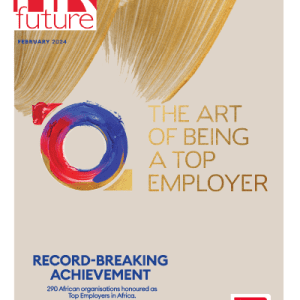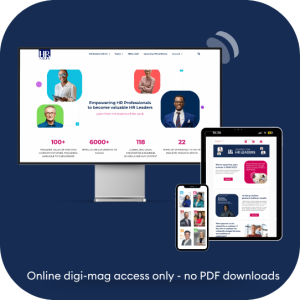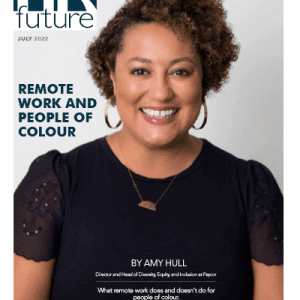Do you find it difficult to stop thinking about your job after you’ve closed your laptop for the day?
Do you feel upset if you need to miss a day of work?
Is there a part of you that feels compelled to work?
If you answered “yes” to these questions, you may be displaying signs of workaholism, which overwork expert Malissa Clark defines as the deleterious inability to disconnect from your job. Even if you don’t identify as a workaholic, you may find it beneficial to foster stronger boundaries between your work and home life.
To be sure, individual workers alone are not to blame for their addictions to work — greedy workplaces and our “always on” culture are responsible to a degree.
But individuals do have some power to fight back. For the next six weeks, we’ll use this space to share specific strategies to do just that, drawing from Clark’s recent HBR Big Idea article on the topic. In each newsletter, you’ll find exercises, mini-assignments, and reflection prompts that can help you boost your physical and mental health and reclaim your life.
For the first exercise, we’ll assess the role of urgency in our work lives.
Redefining “Urgent”
Many of us view our full workloads as urgent and high-priority. While some people may find this invigorating, it’s an easy way to put yourself in a constant state of fight or flight, which increases stress.
Look at a list of things that were on your to-do list, say, a month ago, and think about how important they seem now. You may realize that what was driving the urgency around some tasks wasn’t their actual importance but rather a reflex to finish everything — and to do it perfectly.
In retrospect, you may note that certain tasks didn’t matter all that much, or didn’t need to be completed in that time frame. This week, apply this way of thinking to the new tasks that cross your desk. Force yourself to critically question if each task is actually a priority. If not, assign it further down your list.
There are other ways to think about urgency that you can try. In her TED Talk, “An ER Doctor on Triaging Your ‘Crazy Busy’ Life,” Dr. Darria Long Gillespie uses an emergency room triage model to recategorize to-dos. Red is immediately life-threatening. Yellow is serious, but not as urgent as red. Green is minor. There’s one other category: black, which means that no measures can save the patient. Applying this lens to a to-do list — again, with discipline and honesty — forces you to make decisions about what is truly important rather than treating everything as urgent. For example, a colleague asking for your help in finding a contact may be timely, but it isn’t as urgent as the rapidly approaching project deadline you’ve been working on day in and day out. So, your colleague is a green, and your deadline is a yellow. Ideally, only personal, health, and family matters will escalate to red and black.
With experience, you will see that even though you deprioritized a work task, the sky didn’t fall when you didn’t complete it right away, perfectly, or even at all.
Carl Godfrey. This article appeared on HBR.org.
























